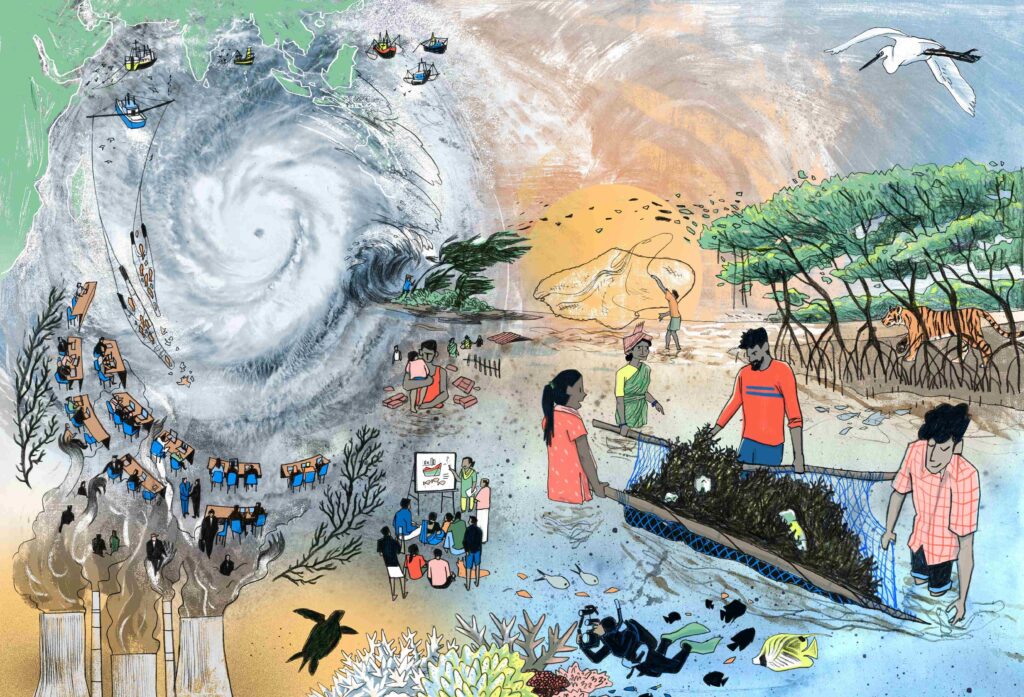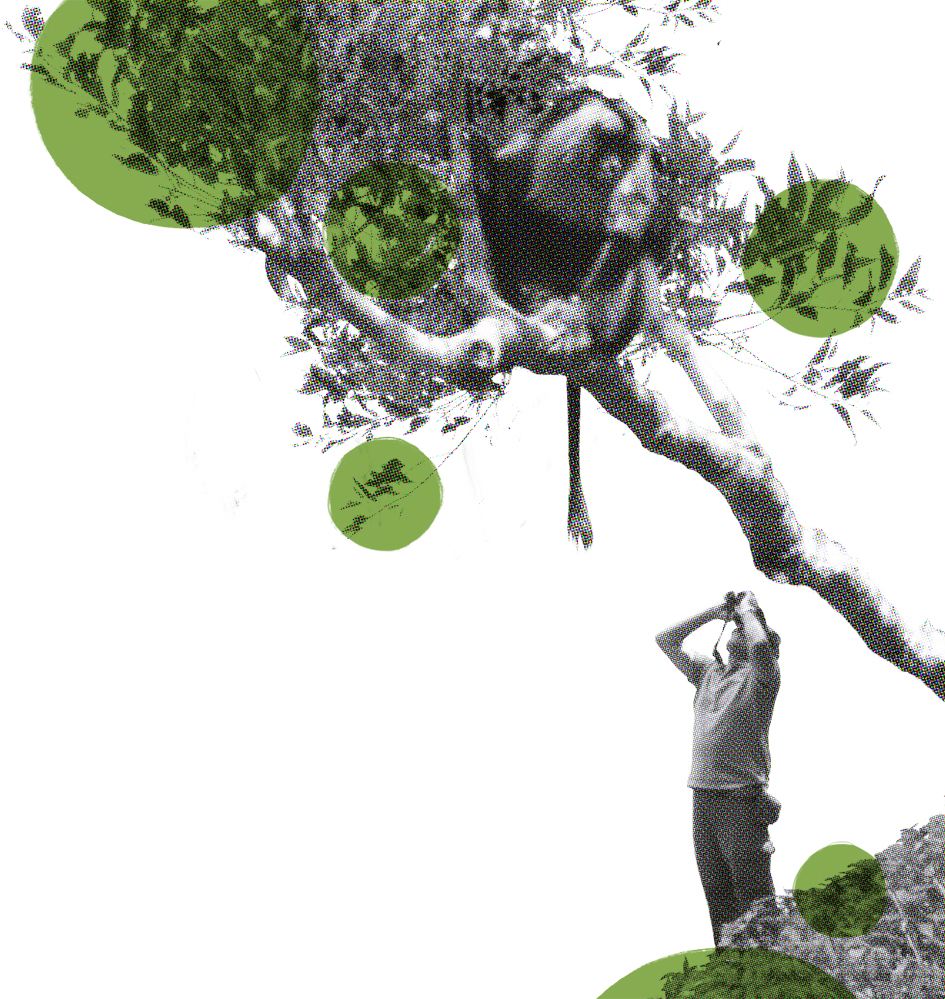About eight years ago, a special issue in a magazine in India recounted the contributions of one of its premier wildlife research institutions. While singing paeans about its faculty, researchers and students, it had one glaring omission – no mention of the legions of loyal field staff who had made this research possible, through years and years of dedicated service to not undemanding jobs. This unfortunately reflects how the ruling class views this community, perhaps not individually, but certainly institutionally. Many researchers do have fine and lasting relationships with their field assistants, but most are employed as daily wage labour, whose services can be terminated at any time. Not nearly enough credit has been given to them for their willingness to work in trying conditions, their local knowledge, humour, and as often as not, their fraternal or paternal relationship with the researchers.
Few wildlife or ecology studies could have been carried out without these dedicated field assistants. In many parts of India, these are traditional forest dwellers whose knowledge of the land, of the forests, habitats, flora and fauna become invaluable to the research. As a colleague commented a decade and a half ago “I have a GPS unit; his name is Shivaji”. In other cases, they were locals whose skill and aptitude for field research may have provided an opportunity, but what clinched the deal was a tolerance of rough weather, rogue elephants, ticks, leeches, and other joys of field work. This issue is dedicated to the field assistants who have worked in numerous field projects with little or no public acknowledgement of their contribution.
No doubt the task of documenting and acknowledging these contributions deserves greater detail and deeper exploration than is offered here. However, over the eight years since we first mooted the idea and received a widespread and enthusiastic response from wildlife biologists across the country, the difficulty of transforming oral histories into scholarly essays has proved too great a collective hurdle. We, therefore, serve this up as an appetizer and hope that more detailed contributions will follow in due course.
We begin the issue with a tribute to a man who appreciated this perhaps more than anyone else. Every field site that he worked at, he established an astonishing rapport with his assistants, their families and the community. Inevitably, he became a part of them. That itself was the biggest tribute of all to their role in this arena of wildlife biology and conservation.





